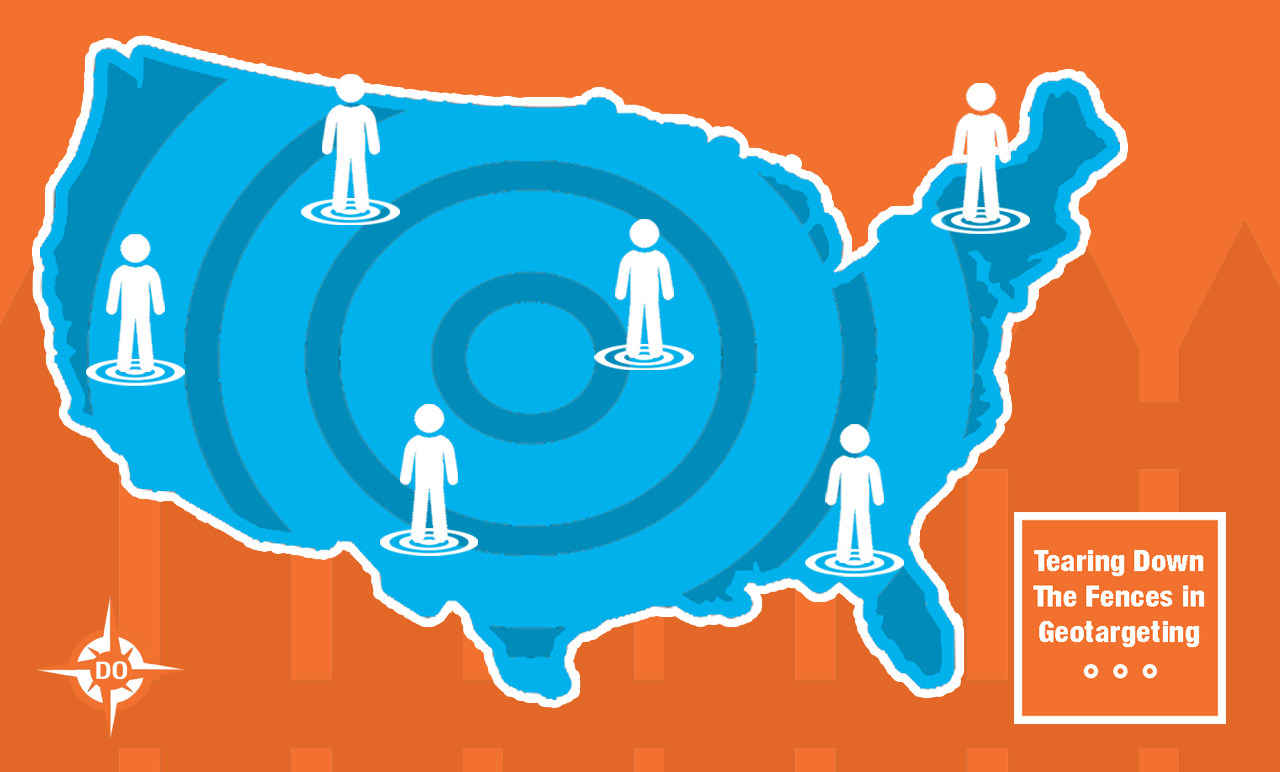
For much of its history, OOH has been a mass-marketing medium. It is capable of reaching the public in a way that other ad formats simply cannot. Recently though, advertising has seen a shift towards more personalized marketing. As a result, the OOH industry has begun to pioneer new techniques and technologies. These innovations are helping to move OOH forward by allowing advertisers to target specific demographics, at certain times, in designated areas.
These targeted marketing efforts require a considerable amount of consumer data. Luckily, mobile devices are beginning to look like an increasingly likely source for this information. This post will examine the relationship between mobile and OOH, and highlight its potential benefits.
Before moving on, a brief definition of both geotargeting and geofencing would be beneficial. Their definitions are as follows:
Geofencing: Creating a virtual boundary around a specific area, or location, using a device’s GPS coordinates or IP address. Ads delivered through geofencing are seen on any device within the defined location.
Geotargeting: Ads delivered using geotargeting are delivered to consumers who belong to certain demographics, exhibit specific behaviors, and are also in the desired location.
These geographically influenced techniques are becoming so prevalent that they are being used in almost 55% of location-based advertising campaigns. Their ability to improve the relevancy of an ad’s messaging, and ultimately increase their influence is a driving factor behind their popularity. Even though these concepts are utilized by the OOH industry on location-based displays, such as DPB networks and transit screens, anonymized mobile data could seriously increase their effectiveness.
Currently, OOH advertisers attempt to follow the movement patterns of people along their daily routines to understand their day-to-day behavior. They then use this information to predict the potential audiences that will reside in particular locations at certain times and proceed to place ads accordingly. While this certainly works, increased mobile analytics could even further refine this method.
In addition to tracking general location, mobile analytics would also allow marketers to go beyond demographics and gain a true understanding of their audience. Using mobile analytics, advertisers could track purchasing habits and know if a specific crowd is more likely to shop at Target or Walmart, for example. They could track browsing history and find the common interests of the exact audience that will be viewing their ad at 3:30 pm. A mobile partnership would allow advertisers to extend their geotargeting efforts beyond traditional location-based formats. It will enable them to utilize these techniques and place hyper-relevant content on virtually any type of display.
Although one-to-one OOH advertising simply isn’t practical (yet), geotargeting combined with mobile analytics will allow ads to be as pertinent as humanly possible. The phones and devices that rest in our pockets, purses, and backpacks are more powerful than we think. The effects of OOH & Mobile Data’s increased convergence is going to be profound. Campaigns will become more impactful and the ad experience as we know it will change. OOH won’t just be a great way to reach the masses anymore. It will be a way to reach the masses in the ways that they want to be reached. This relationship is primed to be a true game changer.
Check out DOmedia, host of the largest database of OOH vendors in the US, and start planning a powerful outdoor ad campaign today!




